Content:
Onions, or in Latin allium - a representative of the Onion subfamily, is considered not only an annual, but also a perennial vegetable crop. In addition to the variability of planting, it has several hundred varieties, some of which are edible, others are decorative.
History
The first mention of a decorative bow was recorded at the end of the 18th century. It was in 1783 that the famous naturalist from Sweden, Carl Linnaeus, described the indicated flower in his book "Plant Species", where about 30 specimens were indicated.
It was from this work that Moli's bow became known. Earlier, in the 17th century, thanks to trips to the countries of Western Europe, decorative varieties were introduced into the design of the gardens: Christophe, blue onion, ostrovsky, karatavsky onion.
Characteristic
Flower
The onion has an umbrella inflorescence - a ball, which contains up to 100 individual flowers, collected together and representing a single structure, 1 pistil with a miniature stigma and 6 stamens. The diameter of one flower reaches up to 7 cm, as an exception, the balls can be up to 30 cm in size.
Color
The color range ranges from white to purple. In addition to pure color, there are shades.
Trunk
The stem is single, smooth in shape. Has several growth options:
- short - up to 40 cm (ivory queen, Sicilian, pretty (pretty), wild molly);
- medium - up to 80 cm (summer beauty, blue keruleum, blue-blue);
- high - from 80 cm to 2 m (anzur, lucy ball, gladiator, globmaster).
Sheet
The deciduous mass has the shape of a belt: a wide, flat base, an oblong, smooth shape, a narrowed end. The color is light green. Rising from one base with the trunk and framing it with a ring, the leaves spread along the ground, creating a "skirt". The length of the leaves reaches 40-50 cm.
Root
The root system of the allium of the decorative onion is presented in the form of an oval-shaped bulb, which is covered with scales. The color of the "clothes" of the bulb can be white, purple or brown.
Bloom
In addition to the variability of varieties and colors, there are several varieties that differ in the flowering period:
- early flowering - dissolve in 5-6 months of the year;
- medium-flowering - keep the color from the 2nd half of the 1st month of summer to the 2nd half of the last month of summer;
- late flowering - bloom in the second decade of August and bloom until the first frost.
Description of varieties
Due to the fact that there are about 600 varieties of decorative onions, only the most popular ones will be shown in the table below.
Description of varieties
| Part / grade name | Aflatunsky onion or onions blooming with purple balls (in Latin purple sensation). Perennial - lives up to 5 years; homeland - Aflatunsky pass in the Tien Shan mountains; got its name from the place of growth | Pink (roseum) (homeland - the Mediterranean coast) | Giant bow (homeland - the mountainous regions of Central Asia, Iran, Afghanistan) | Giant Bow (lat.Giganteum); homeland - Alpine mountains) |
|---|---|---|---|---|
| Flower | Up to 12 cm in diameter | They reach up to 1.5 cm in diameter. Has an inflorescence of a bell | The inflorescence contains up to 100 flowers, in diameter reaches 1.5 cm. The stamen is 1.5 times longer than the petals. Petals and stamens are clearly visible | Consists of small, separately growing flowers, collected in the form of a bell. Each individual flower has an umbrella inflorescence In a diameter, the bell reaches 40 cm |
| Sheet | From 6 cm of the bulb grows to 8 leaves, belt-shaped and painted in cornflower blue | Deciduous mass of gray-green color. The sheet is flat and reaches a width of up to 100 mm | The green mass is represented by the root "skirt" of the flower. Each sheet is up to 10 cm wide, gray-green | Deciduous mass of dark green color reaches a height of 1 meter. There are 4 types of leaves in shape: basal, fistulous, belt-shaped and lanceolate |
| Trunk | Refers to medium bows. The stem is hollow, reaching a height of 1.5 m | Refers to medium onions, reaching up to 60 cm in height.It has a green hollow shape, up to 1 cm in diameter | The stem belongs to tall bows, reaching a height of up to 2 m | The stem belongs to tall bows, reaching a height of 100-150 cm |
| Root | The root bulb is shaped like eggs and up to 6 cm wide; painted gray. Belongs to the paired type, after the death of one, 2 grow | Refers to a single type, has a rounded shape and a width of up to 2 cm | The bulb is shaped like an egg and reaches a diameter of up to 40 mm | The bulb has the shape of a flattened circle, covered with scales of purple, gray or red |
| Color | The color of the onion flower is light purple | The balls are colored light and creamy shades of pink | The onion color range includes several light shades of violet color | The range of colors ranges from white to lilac |
| Bloom | It is an early flowering type and blooms within 2-3 weeks. exuding a unique aroma peculiar only to him. Complete drying occurs in early July. After the end of flowering, bulbs form on the peduncles | Belongs to medium flowering, blooming at the end of June and keeping paints until early August | The flower belongs to mid-blooming, starting to bloom in June and blooming for 30 days | It belongs to an early flowering species, blooming and retaining color from June 1 to 25. During flowering, exudes a pungent odor with shades of bitterness |
In addition to varieties, groups of xerophytic bows and ephemeral bows are distinguished, each of which has its own characteristics:
- in the first, the plants are distinguished by a slow growth rate and bloom only 4 years after planting;
- in the second, bows are able to withstand drought.
Agrotechnics
To get a beautiful flower garden, you need to follow the recommendations for planting, growing and caring for ornamental onions correctly.
Landing
Site preparation
When preparing a new "home" for allium, you must:
- choose the sunny side of the site, it is recommended to make a flower bed on a hill;
- prepare a hole by putting drainage in the form of sand or crushed stone, humus and wood ash in it;
- make the soil neutral, in case of increased acidity, add slaked lime to it;
- thoroughly moisten the soil, but do not make swamps.
Preparation of planting material
Before processing the material for planting, you must choose which type to use: seeds or bulbs.
If the choice fell on the bulbs, then it is necessary to release them from the bud or separate the daughter from the mother - the location of the bulbs depends on the variety.
In case of planting with seeds at home, you must:
- soak in a growth promoter until sprouts appear;
- plant in a home pot or greenhouse in the second decade of March;
- wait 14 days until shoots appear;
- take it outside for 24 hours for adaptation;
- plant seedlings in June.
Disembarkation
In case of planting allium with bulbs, you must:
- be sure that the future seedling belongs to the ephemeroid (for example, karatavkiy, schubert, christoph) or xerophytic (giant, aftalunian) types of onions;
- wait for the temperature of the air and open ground to drop;
- make the hole height equal to 4 bulbs;
- water the landing site;
- plant future seedlings in the ground, leaving 30 cm of free space between them;
- cover with earth;
- put humus and peat on top, ensuring the looseness of the earth.
If the future bush belongs to a rhizome species, then you should act according to a different scheme:
- plant from 3 to 6 months and from 8 to 9 months of the year;
- thin out bushes;
- remove seeds from dried plants before they fall to the ground;
- loosen and weed weeds.
It is advisable to store the bulbs in a dark and cool place. If the planting material is small, it is kept in peat or sawdust so that it does not dry out.
To decorate an alpine hill with a decorative bow, you must wait for the first shoots in a specially designated place for it.
Reproduction
You can increase the amount of ornamental onions in 2 ways: seeds and bulbs.
Seminal
To grow a flower from seed in the open field, you must:
- choose large inflorescences;
- wait for the end of flowering onions, the seeds are ready for planting and collect them;
- make a special bed for future seedlings in the open field;
- apply fertilizers to the soil: humus, the Azofoska mineral fertilizer complex, sand or limestone in equal parts;
- to stir thoroughly;
- make 2-3 furrows and plant seeds, leaving 3 cm of empty space between them;
- cover with earth, water and wait for shoots.
Since onion varieties must be hardened and warmed up in real conditions, they are sown in the winter.
The presence of a special bed is necessary, since the first flowering will have to wait for a long time - from 3 to 8 years.
Bulbous
There are two ways to grow an allium from a root bulb:
- 1) divide the plants into parts so that each seedling has a root and 3 healthy shoots;
- 2) collect the bulbs from the inflorescence by cutting off the buds and treating with a growth accelerator with Heteroauxin.
After preparing the seedlings, plant them in a prepared bed, sprinkle with earth and wait for shoots.
Spring and autumn care
To make the flower garden pleasing to the eye, it is advisable to follow the following rules:
- To preserve a healthy plant, gardeners recommend digging out the bulbs after the leaves have dried and the seeds have formed, planting them again from 9 to 11 months of the year. It is recommended to repeat the procedure every year.
- Plant bushes so that they are not crowded.
- Eliminate snowy mud and plant debris.
- Water in moderation, avoiding excess moisture in the soil.
- Feed with mineral and organic fertilizers, alternating between them. Pay great attention to feeding during the growing season, when the plants are especially in need of it.
- Store the bulbs in a cool, dry place after digging out of the ground.
- If left in the winter, mulch the planting site with straw, ash, dry grass.
- Transplant the bushes every 5-7 years into rich soil.
If the decorative flower grows in favorable conditions, there is no need to dig up the bulbous root every year, as the risk of contracting diseases is minimal.
Application
Decorative bow is used in the following areas:
- 1) Gardening - for the creation of alpine slides, flower beds, flower beds and use in the landscape design of the site.
- 2) Floristics - included in dry bouquets and flower arrangements.
- 3) Medicine - with its medicinal properties, Aflatun onion is used to relieve pain, improve vision and strengthen the immune system.
- 4) Products - answering the question: is it possible to eat Aflatun onions, it is worth saying that it is canned after a 3-hour soaking and consumed raw in moderation.
Summing up, it is worth noting that the main characteristics of the ornamental onion were considered, its varieties and their unique features were described, the options for breeding and growing this unusual flower were shown, and it was also indicated in which areas it can be used. In the case of studying the above information, any amateur gardener will be able to create a unique decoration for his dacha or garden.
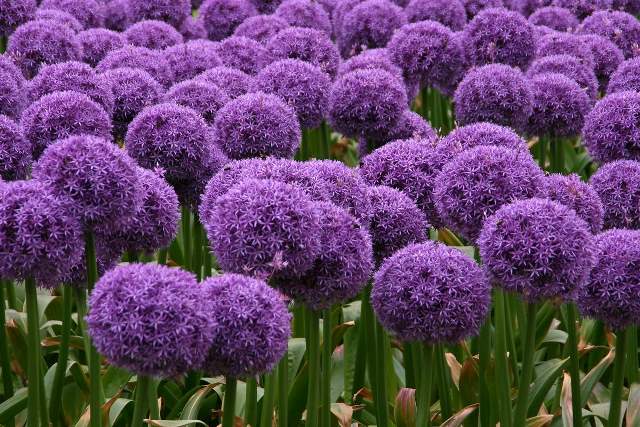

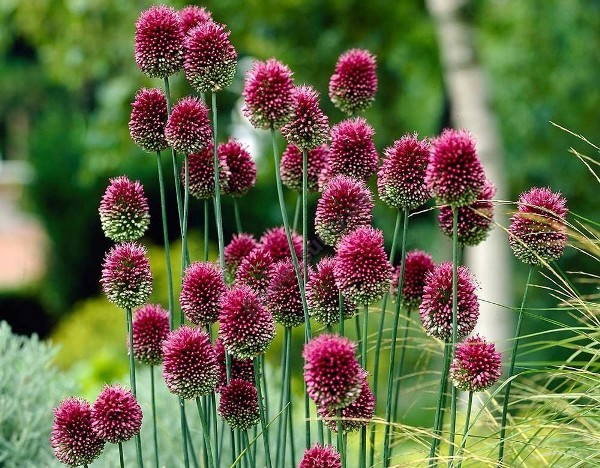
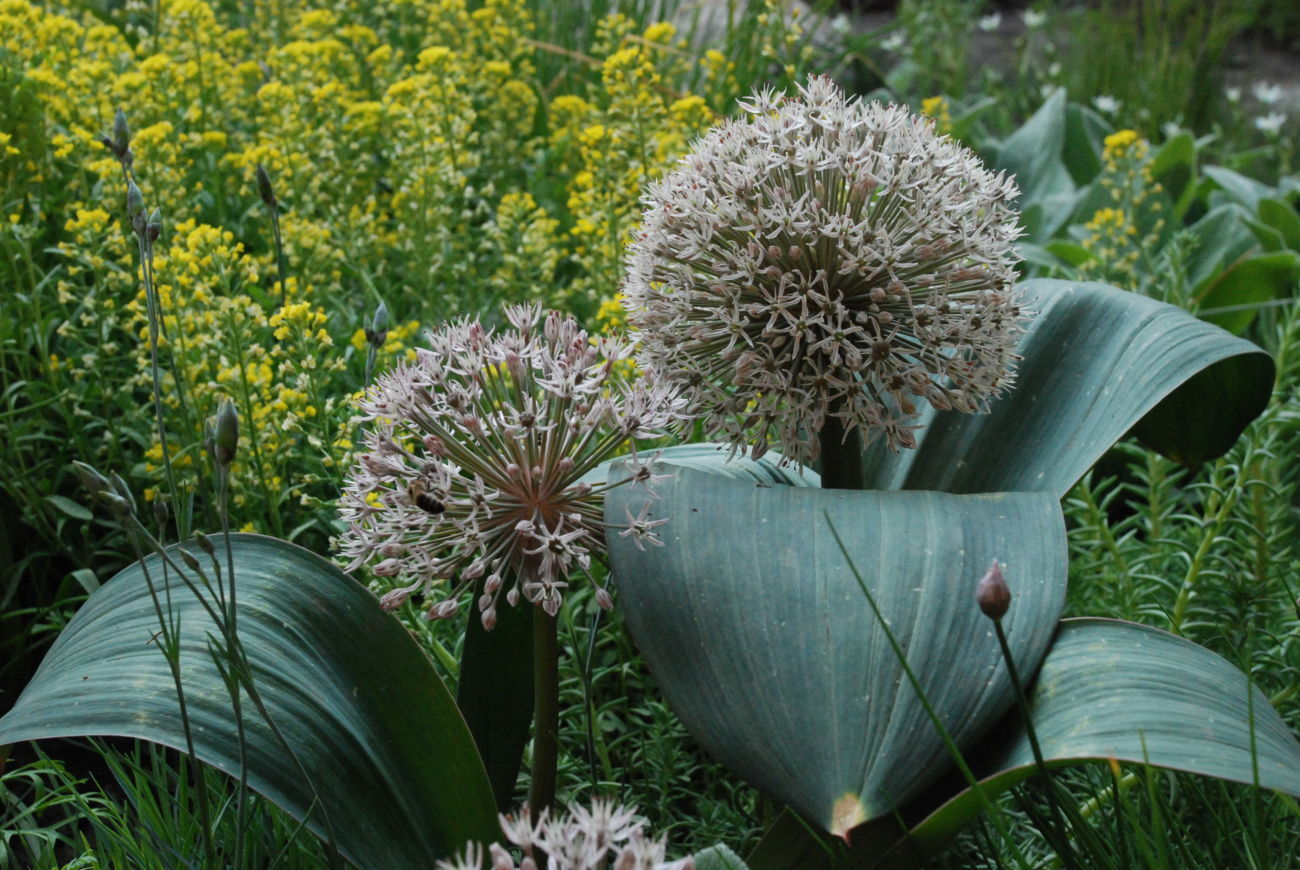
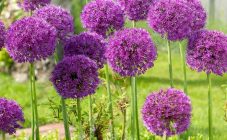

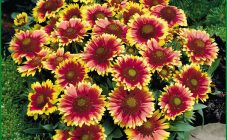
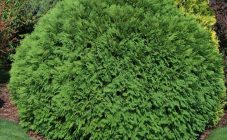
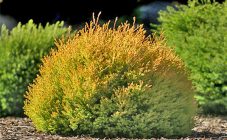
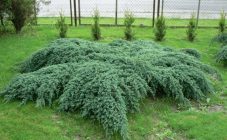







The article, of course, is interesting, but a lot is not reflected in it. For example, are the bulbs of ornamental onions and leaves edible. If not all varieties, then which ones? And I would also like to see exactly the onions. I was presented with two huge cloves (the size of an egg each) and told that it was garlic. Nobody knows which variety. A tall peduncle (I saw this in the photo) and at the end a very beautiful lilac spherical flower. Seeds are like those of a black onion: small black ones. Even on the Internet, I have not found such garlic. Maybe they gave me a decorative onion after all? I don’t know After reading the article, I didn’t understand. I would like to see the whole onion with roots.